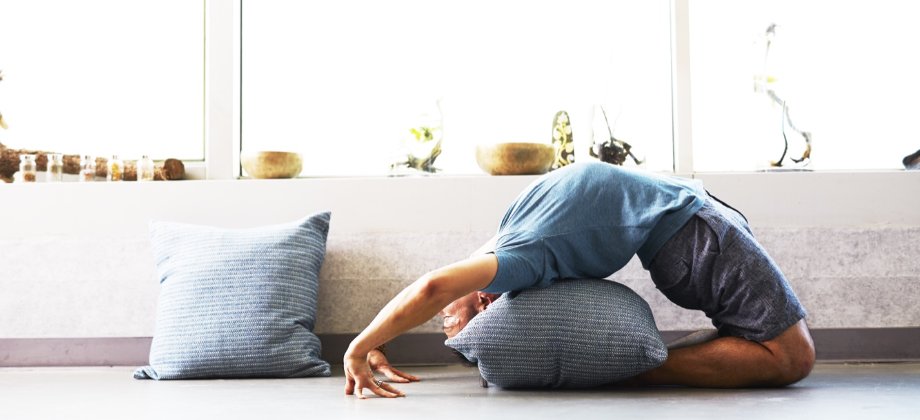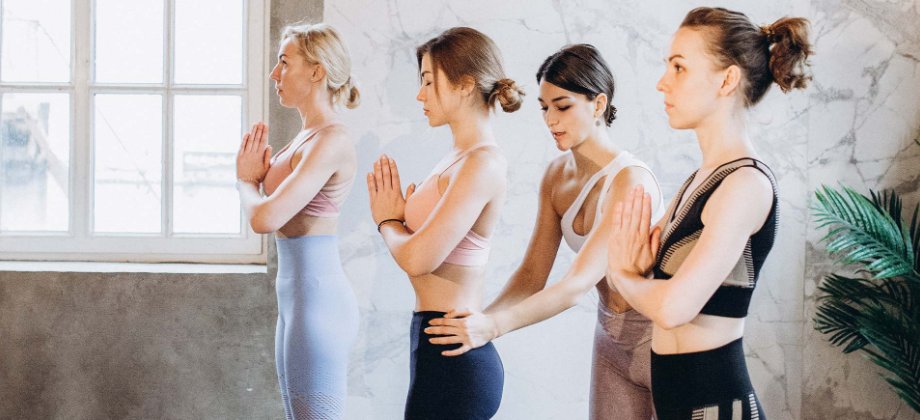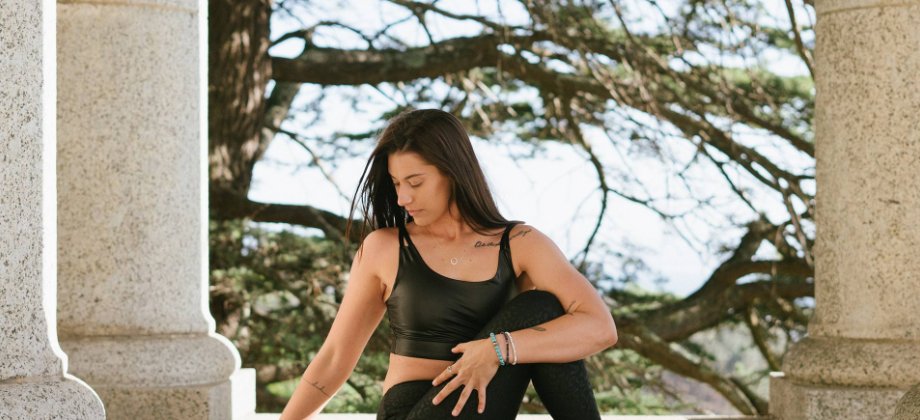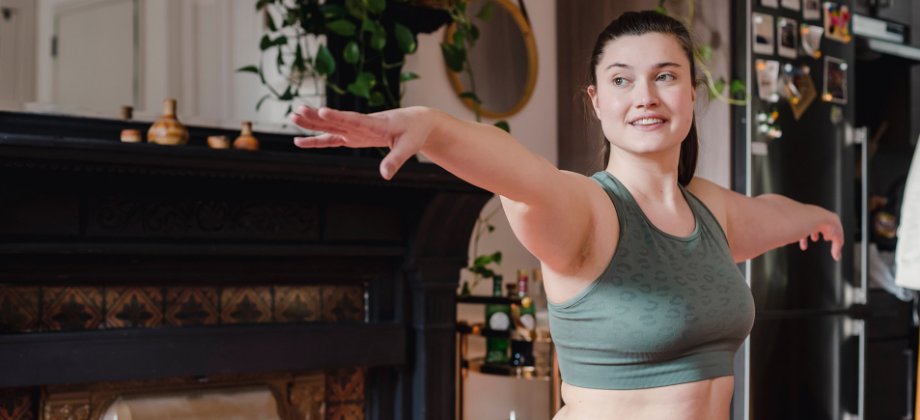
What Can Yoga Teachers Do to Improve Safety?
Safety in yoga classes is a kind of concern yoga teachers will often worry about, especially given how much anatomy knowledge there is to grasp. Despite the amount of information, there is out there, yoga teacher trainings rarely put their focus on anatomy unless advertised as such. This seems to be changing, however, as practitioners become increasingly more eager to get acquainted with the nitty-gritty of anatomy, and as professionals make crucial information more readily available. But it might still be challenging to know where to start, to feel a little overwhelmed at the amount of work there is to do. The following points will hopefully help you feel grounded and give you the confidence to approach safety with the curiosity and attention it deserves.
Acknowledge the gaps in your knowledge
"You are in prison. If you wish to get out of prison, the first thing you must do is realize that you are in prison. If you think you are free, you can't escape." - G. I. Gurdjieff
This quote is one of my favorites because it stresses the importance of knowing where you stand before taking action. If we think the knowledge we’ve acquired to guide students through safe movement and asana sequences is enough, then we won’t be open to finding new ways to lead safely. Our egos will easily—and sometimes sneakily—get in the way of our learning and prevent us from exploring and filling our gaps.
Acknowledging where you stand as a teacher is crucial no matter how long you’ve been teaching. The human body is complex, every individual is—unfortunately—unique, which makes our task far from easy or straightforward. 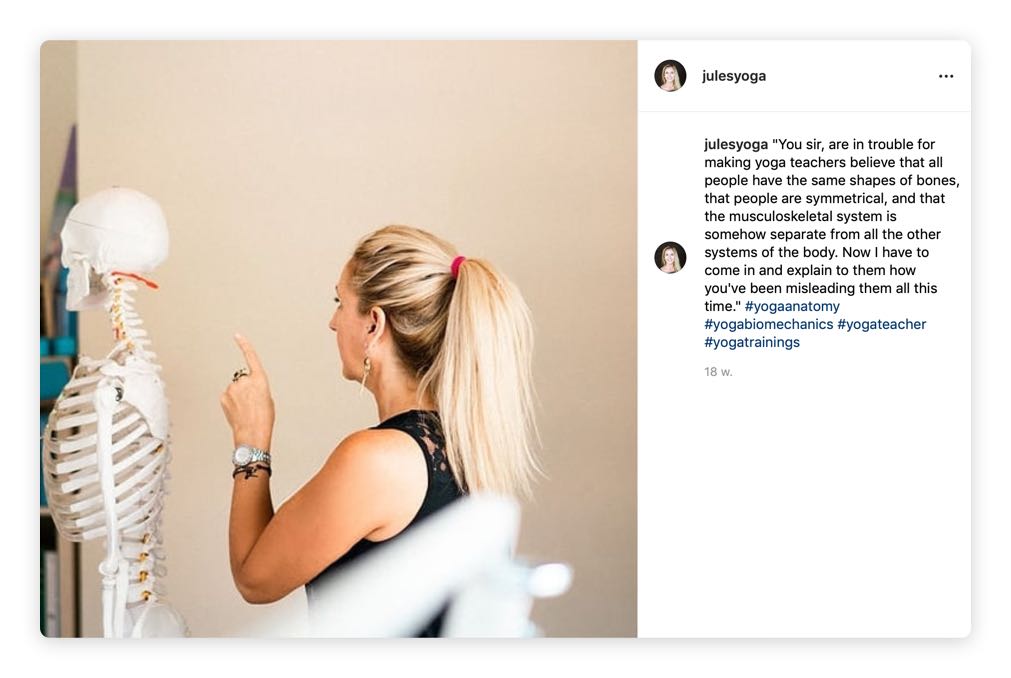 "You sir, are in trouble for making yoga teachers believe that all people have the same shapes of bones, that people are symmetrical, and that the musculoskeletal system is somehow separate from all the other systems of the body. Now I have to come in and explain to them how you've been misleading them all this time."
"You sir, are in trouble for making yoga teachers believe that all people have the same shapes of bones, that people are symmetrical, and that the musculoskeletal system is somehow separate from all the other systems of the body. Now I have to come in and explain to them how you've been misleading them all this time."
I encourage you to take note of your gaps and look for the resources you need to fill them. Acknowledge that your teacher training(s) might not have been as comprehensive (or useful) as needed in terms of anatomy. Acknowledge that nurturing your knowledge is a lifelong practice. Incidentally, this will make you a more approachable and more humble teacher, and your students will most definitely appreciate this.
Look for the right resources
Speaking of resources, you’ll want science- and evidence-based resources to make sure your classes are as safe as possible. Unfortunately (or fortunately, it goes both ways), our knowledge of anatomy keeps evolving over time and we might find out tomorrow that what has been done for years isn’t actually beneficial or safe for our bodies, so make sure you keep this in mind.
Here is a list of reliable resources you can dig into:
- Your Body, Your Yoga by Bernie Clark
Bernie Clark is very knowledgeable and his curiosity for the body and yoga paired together make informative books filled with soul and passion. This book examines the entire body—rather than just muscles—in relation to range of motion and mobility. - Your Spine, Your Yoga by Bernie Clark
This book by the same author looks at the spine, how it is built, how it works, and what it benefits from in terms of stability and mobility. Clark’s books are useful for both novice and seasoned practitioners & teachers. - 5 Common Yoga Injuries (and how to avoid them) by Dr. Garrett Neill (illustrated by Ksenia Sapunkova)
Garrett is a doctor of chiropractic and his writing is both approachable and informative, and his words are creatively illustrated in this ebook. He looks at the knee, the lower back, the hips, the shoulders & the wrists, and the neck. Warning: you might not be so sure about teaching those shoulder stands and headstands after reading! - The Yoga Anatomy Coloring Book by Kelly Solloway (illustrated by Samantha Stutzman)
This one is fun to understand how muscles work together in yoga poses—and get mindfully creative. - Move your DNA by Katy Bowman
Katy Bowman is a biomechanist with a great sense of humor and a talent for explaining complicated things in plain English. She advocates for a movement-rich life rather than dedicated hours of exercise each day. - 19 Yoga & Movement Teachers to Watch in 2019
A collection of experts from the yoga & movement scenes to learn from. They’re shakers, movers, forward-thinkers including Jill Miller from Yoga Tune Up, Cecily Milne from Yoga Detour, Lara Heimann from Movement by Lara, Perry Nickelston from Stop Chasing Pain.
Use critical thinking
Linked to the previous point, it is important that you use your sense of logic, reason, and question the kind of content you learn from. Yoga is a very ancient practice and we have to be realistic about the fact that back then, yogis didn’t have the kind of research tools we have now. It’s also important to remember that yoga first started as a discipline practiced by young boys whose bodies were very different from the majority of bodies who practice yoga now.
So if information feels wrong or illogical to you, trust your gut and don’t be afraid to ask questions.
Here are a few keywords that should orient your research toward useful content:
- Active versus passive range of motion (ROM) refers to the amount of movement around a joint or body part. In active ROM, you need to use the muscles around a specific joint or body part but not in passive ROM, which might potentially lead to injury.
- Mobility & stability refers to how much you can move and how much you can control movement. Although you need flexibility for mobility, it doesn’t take strength, balance, or coordination into account.
- Sustainable movement is the kind of movement that isn’t harmful to your body over time and that improves your ability to move.
- Functional movement is the kind of movement you can re-use for whatever activity you do outside of the yoga class. Sadly, few poses in yoga are useful for everyday life (think warriors) but the preparation for poses can be functional.
- Variety/variability refer to the amount of diversity in your movement practice. The body loves variety as it allows her to become stronger and more mobile and stable.
You’ll find those words (and more) going through the books mentioned in the list above.

Remember You’re Only Human
A lot of pressure can come with being a yoga teacher. The job entails a large range of skills besides the ability to stand in front of students to guide them through asana sequences and spiritual practices. It takes years of both personal and teaching practices, besides never-ending learning, to become an expert at teaching yoga. Even the most knowledgeable teachers out there will agree on how educating yourself never stops.
Remember you’re just a human being and can only learn at the pace of one. Be gentle with yourself and enjoy the process in itself. Yoga is a journey, no matter how we look at it—don’t rush it, enjoy every step, and stay curious.

